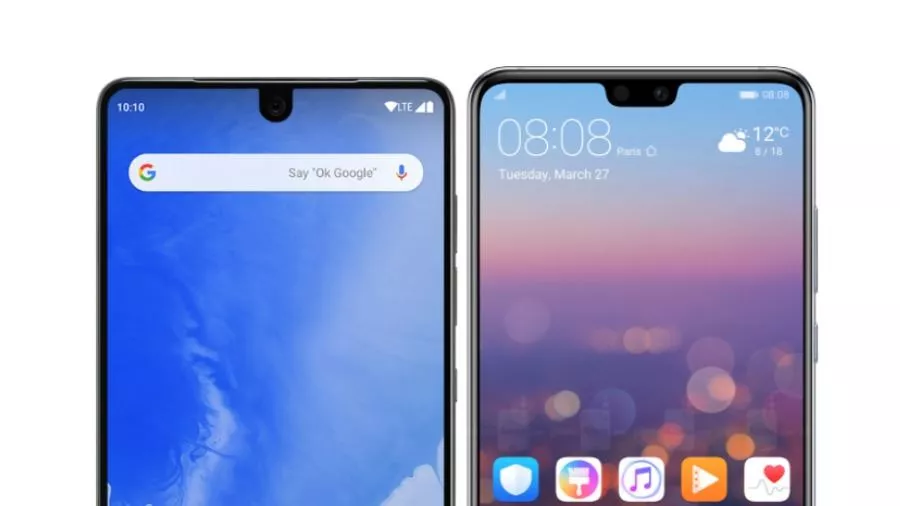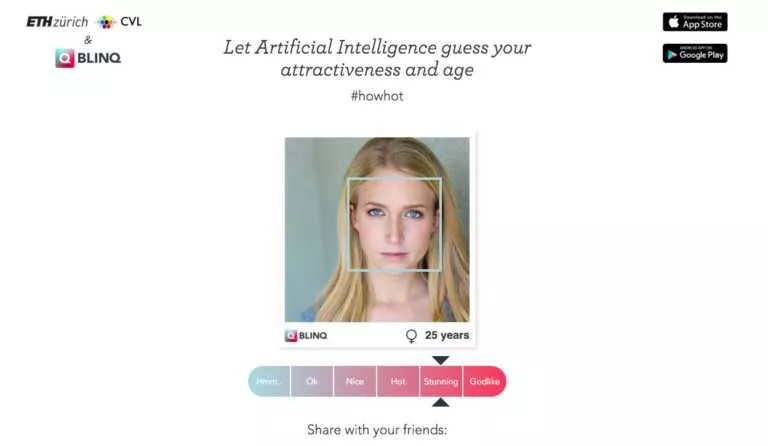Google: Your Smartphone Can’t Have More Than 2 Notches

Whether we like it or not, the notch or display cutout isn’t going away. That’s because it provides some extra room for displaying content on the device’s screen. Also, it’s one step towards true edge-to-edge displays that haven’t become a reality yet.
Talking about a recent development, Google has laid out some rules for device makers that might help notched displays become less annoying.
The device makers should ensure their love for notches doesn’t degrade the experience for the users.
They can put cutouts wherever they want, but there can be up to 1 cutout on each short edge of the device. A single edge can’t have multiple notches, and there can’t be more than 2 notches or cutouts in total. Thankfully, no cutouts can be placed on the left and right edge of the device.
Another requirement, when the device is in portrait mode, the height of the status bar should extend to that of the cutout below which an app’s content can be displayed. And when it’s in landscape mode, the app should be letterboxed.
Although notches are present on smartphones running Android Oreo, the upcoming major release Android P offers official platform support for the notch.
People might credit iPhone X for bringing the notch into our lives; Essential did it before Apple with its PH-1 Android smartphone. Android’s manufacturer army was quick to follow the trail, and now there are 16 devices from 11 OEMs featuring display cutouts.
Moreover, for developer testing and users who want to try the notch before buying a smartphone, Google has already added a notch simulator that you can access in the Developer Options.
Also Read: Confirmed: Android P Is Coming To OnePlus 3/3T






